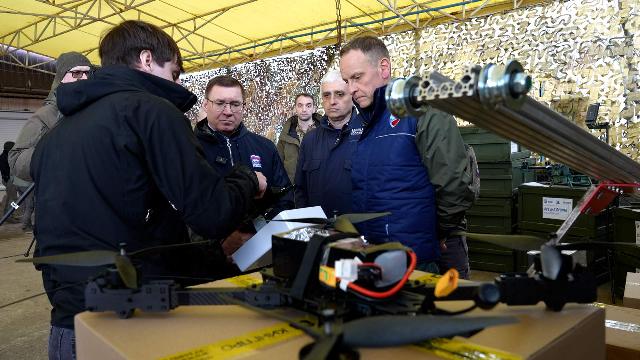They will increase the range of impact vehicles and help save the lives of drone operators.
Repeater UAVs began to arrive in the area of the special operation, which increase the range of FPV drones and other drones. The device with the name "Mockingbird" can hover in the air for a long time, providing amplification of video and control signals for. Experts believe that flying repeaters will help expand the range of drones behind enemy lines and, most importantly, hide the positions of our UAV operators' calculations.
Flight of the Mockingbird
Mockingbird drones are compact flying platforms on which video and radio control signal repeaters can be installed. With the help of such technology, it is possible to increase the combat radius of a reconnaissance or attack drone, as well as increase the secrecy of the operators' position. This will make it difficult to determine the location of the UAV calculations, which will help avoid retaliatory strikes, the developers of the device from the Stratim design bureau told Izvestia.
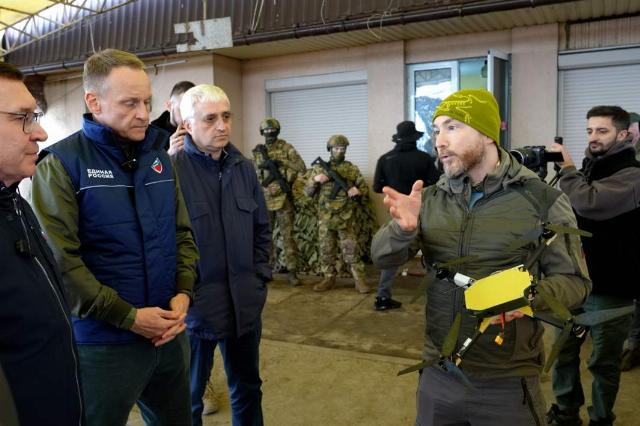
Photo: CBST press service
Image source: iz.ru
The Mockingbird drones hover at an altitude of 100-150 m above one point, which helps to confidently relay the signal.
"He can do this without the help of global navigation satellite systems (GNSS)," the founder of the Stratim Design Bureau with the call sign Obi—Wan told Izvestia.
Thus, the devices provide signal amplification at distances of more than 10 km in open areas and more than 5 km in urban areas. The flight time is 40 minutes.
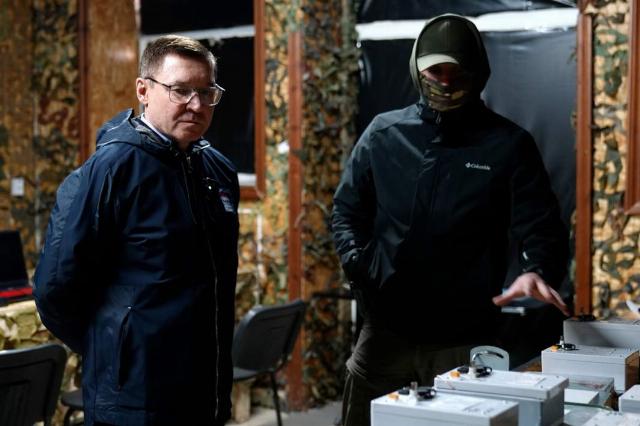
Photo: CBST press service
Image source: iz.ru
The Stratim project is being implemented with the support of the Center for Unmanned Systems and Technologies (CBST). It helps in the development of new vehicles and promotes the development of domestic innovative projects and technology companies in the field of defense and security.
— In addition to the Mockingbird drone, other repeater drones are being developed at the CBST. Drones from three companies — KB Microb, Obninsk Telecom and King Pro, for example, are already actively used in the free zone. We are also working on increasing the range and developing the relay system," Andrey Bezrukov, Chairman of the Board of the CBST, told Izvestia.
Range decides a lot.
The control range of small attack quadrocopters and FPV drones rarely exceeds 10 km, Dmitry Kornev, editor of the Military Russia website, told Izvestia.
"Due to the appearance of such a repeater, the range of drones can be increased to 20 km, and maybe more," he explained. — This increases the radius of hitting targets deep in enemy territory with attack vehicles. In addition, it makes it possible to conduct exploration to a greater depth.
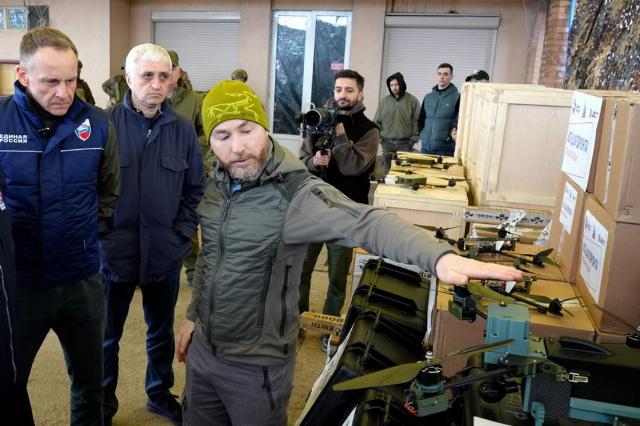
Photo: CBST press service
Image source: iz.ru
But most importantly, the expert believes, increasing the working distance increases the safety of drone operators.
— It is much more difficult to detect the drone operator if he is not 3-5 km from the front, but further away, — Dmitry Kornev noted. — In addition, the enemy's radio systems will find the drone repeater, not the control center where the operator is located. This will ensure the safety and save the lives of our UAV operators.
Repeaters increase the resistance of drones to enemy electronic warfare, said military expert Yuri Lyamin.
"Due to it, our drone strikes will receive a stronger control signal and it will be more difficult to suppress it," the expert explained. — The front needs such devices, and the more of them, the better.
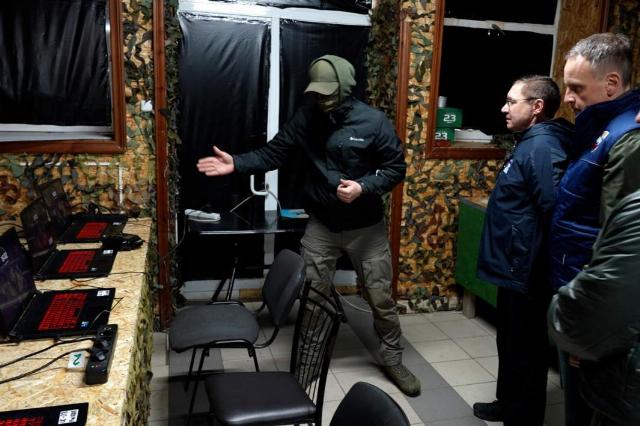
Photo: CBST press service
Image source: iz.ru
In the future, repeater drones will provide new opportunities for unmanned aircraft, Dmitry Kornev noted.
"The repeater drone can be connected to a long—range communication system," the expert explained. — This makes it possible to build chains of interaction between the operator and the drone at a distance of tens or even hundreds of kilometers. Such work is currently underway. As a result, with the help of repeater drones, attack vehicles will be able to be controlled by people thousands of kilometers away from the point of combat operations.
New drones for the front
Currently, Russian troops in the area of the military special operation are increasingly using robotic platforms: from ground to air. Izvestia ru/1830969/ulia-leonova-bogdan-stepovoi/resausee-snabzenie-rossiiskie-boicy-polucili-novyi-tazelyi-takticeskii-dron " target="_blank" rel="nofollow">they wrote that this year they started using the Ilya Muromets cargo FPV drone en masse.
It is a heavy tactical drone that can lift up to 8 kg of cargo and deliver it to a range of up to 15 km.
As the load decreases, the flight radius of the Ilya Muromets increases. In this case, an air control signal repeater can be used to control it.
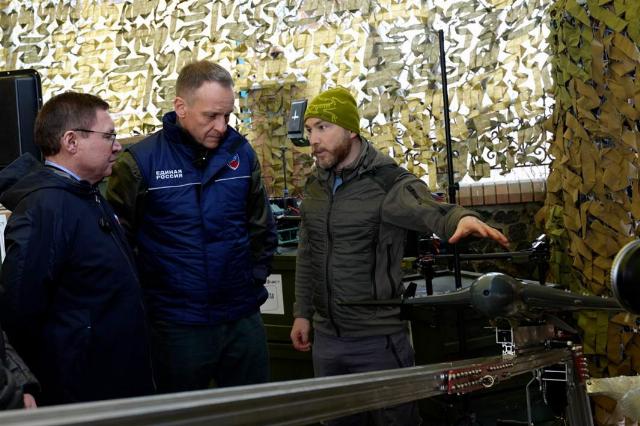
Photo: CBST press service
Image source: iz.ru
The drone has eight motors, which increases flight stability and provides a reserve of power. The device is made from 100% Russian components.
The new device makes it possible to supply remote positions of Russian fighters with food, water, medicines and ammunition. The machine is in demand to supply units on the islands in the Dnieper Delta, where the Russian Marines are entrenched.
In this area, any equipment in the water or on land immediately falls into the sights of enemy artillery or drones, and it is easier for an aircraft to break through to its forward positions.
Bogdan Stepovoy
